With 2020 being all-around awful and a pandemic raging in most of the world, all the trade shows have been trying out the virtual thing with varying levels of success. KubeCon 2020 has suffered the same fate, and like other virtual shows, this one feels a bit subdued as well. Not surprising considering the interruption of the supply chain and the workforce, pretty much everywhere. However, many companies were able to make announcements around Kubernetes including Dynatrace, Diamanti, Zerto, Commvault, Metallic, Trillio, NetApp, and Red Hat.
Dynatrace Announces PurePath 4
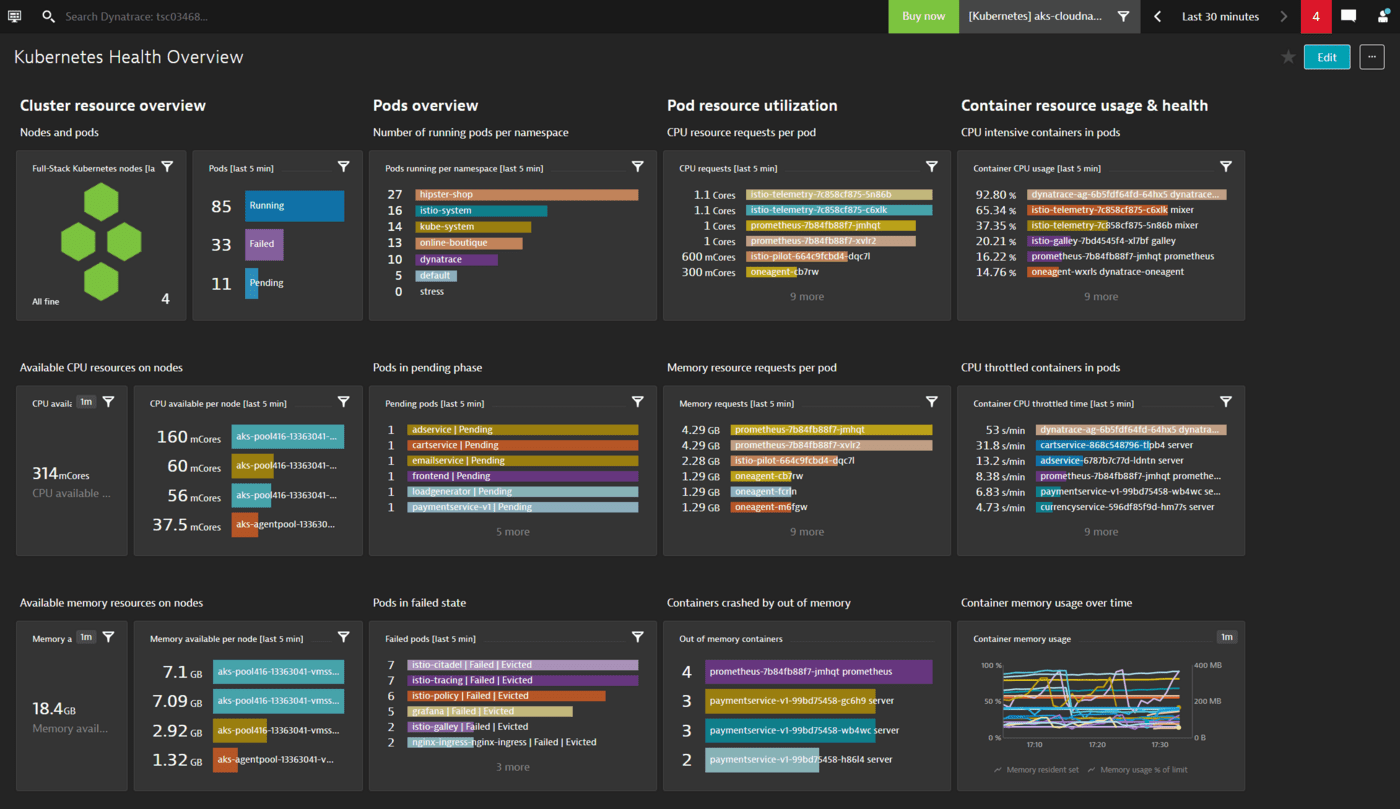
Dynatrace announced the fourth generation of its distributed tracing and code-level analysis technology, PurePath. The latest version is set to capture and analyze transactions end-to-end across multi-cloud environments and at near-zero overhead. The big announcement at KubeCon is the company extending the technology to automatically support OpenTelemetry and W3C Trace Context as well as advanced cloud-native architectures, including service mesh, and serverless computing for Amazon Web Services, Microsoft Azure, and Google Cloud Platform. The new technology extension will be available to all customers over the next 90 days.
Diamanti Now Supports AWS
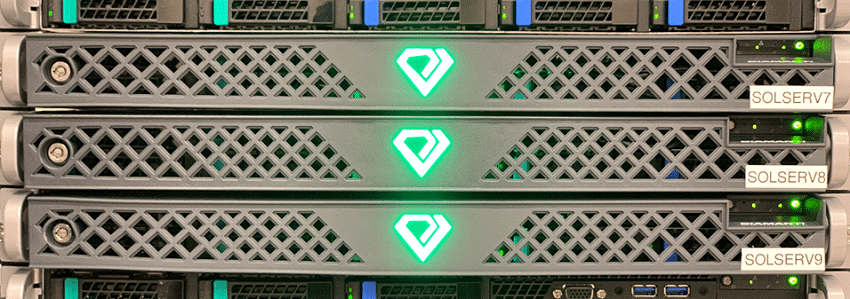
Diamanti announced that it now supports AWS with its Diamanti Spektra 3.1 and Ultima data plane services. This announcement of support expands Diamanti’s reach as well as easing the transition of container-based architectures to the hybrid cloud. On top of the added support, the company also announced Diamanti Central, a new customer portal that provides access to tools, documentation, and customer support. Potential customers can register for upcoming free trials of Diamanti Spektra and Ultima.
Zerto For Kubernetes Beta Announced
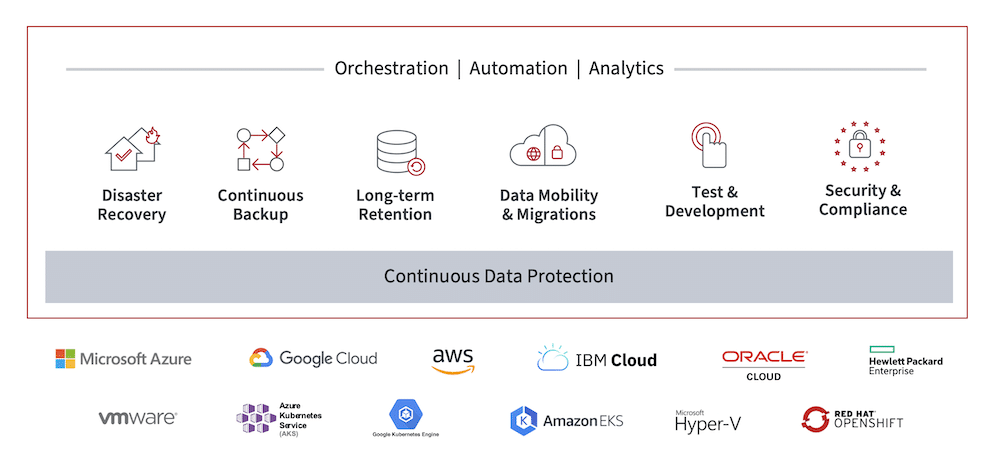
Zerto announced that it is extending its platform to include Kubernetes with the beta release of Zerto For Kubernetes, Z4K. Z4K takes aspects of the Zerto Platform, always-on replication for backup, disaster recovery (DR), and mobility capabilities, and applies them to Kubernetes. The company is running a hands-on lab with the Z4K beta code so anyone can access it right now.
Commvault Unveils Metallic BaaS for Kubernetes
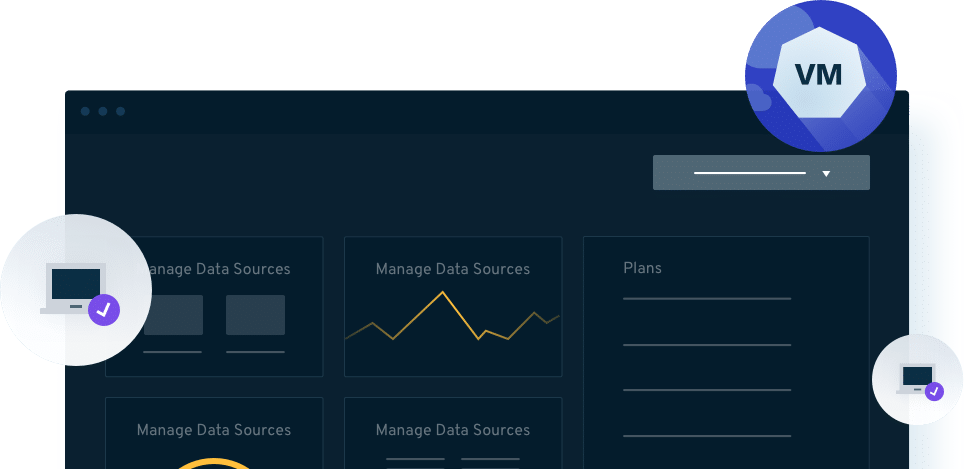
For more data protection news for Kubernetes at KubeCon 2020, Commvault announced its Metallic BaaS for Kubernetes. This new service is said to protect containers while fully integrating with K8s via the Container Storage Interface (CSI). Additionally, this BaaS is all about simplicity with the ability to backup and protect cloud, container, and virtual workloads all in one and supports Red Hat OpenShift Kubernetes, Azure Red Hat OpenShift, Azure Kubernetes Service (AKS), Amazon Elastic Kubernetes Service (EKS), and VMware Tanzu. Metallic BaaS for Kubernetes doubles Commvault’s portfolio of BaaS solutions.
TrilioVault for Kubernetes v2.0 Announced
It seems that data protection for Kubernetes is popular this year at KubeCon, with the third data protection announcement being Trillo releasing TrilioVault for Kubernetes v2.0. New enhancements include:
- Namespace Backup – Ability for customers to protect and migrate all applications and data within a namespace. This is particularly useful to users that have been maintaining a 1:1 mapping between applications and namespaces.
- Distribution Support – Trilio has certified Rancher Server with Rancher Kubernetes Engine (RKE). TrilioVault for Kubernetes works with any certified Kubernetes distribution. For additional levels of end-user assurance, Trilio also formally tests and validates Kubernetes distributions for demanding enterprise environments. TrilioVault for Kubernetes has now certified Amazon EKS, Google Kubernetes Engine (GKE), Rancher Server with RKE, Red Hat OpenShift, and upstream Kubernetes.
- Database Support – Users can take application-consistent backups by running operations against their database before and after backups or restore operations. Trilio has certified the following databases: Cassandra, Mongo, and MySQL.
- Enhanced Multi-Cloud Migration – For improved management during migration scenarios, all backup targets can be easily searched and viewed to find the right backup to restore. No connection to the source cluster is required. Restore plans and transforms are now available for selective restores or to adjust the application behavior at a granular level before the application is restored into the same or a new cloud.
- Enhanced Kubernetes Application Support – TrilioVault for Kubernetes now supports Helm sub-charts. Trilio is the only platform that supports all Kubernetes applications—Labels, Helm, and Operators—offering investment protection as your environment evolves.
NetApp & Red Hat Collaborate On K8s Backup
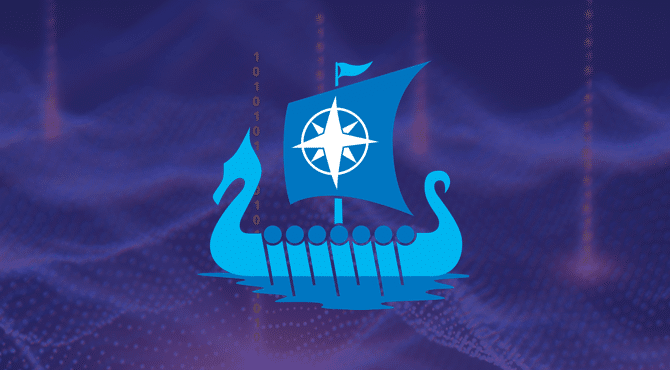
The final story and data protection story for this year is the collaboration of NetApp and Red Hat to bring application data management for OpenShift and Project Astra customers. Key benefits include:
- Backup protection that unifies control for managing applications with data, as well as helping ensure that application and data restores are seamless and more secure.
- Disaster Recovery protection where one Kubernetes cluster can failover to a second Kubernetes cluster in an automated manner with applications and data protected.
- Always on data protection between two OpenShift clusters. This is important as IT teams need a way to ensure that data and applications can be replicated and protected across sites.
- Automation of failover at the storage and application layer that is integrated into OpenShift experience. IT teams want the ability to ensure that once set, automation provides that protection and failover are seamless for their customers.


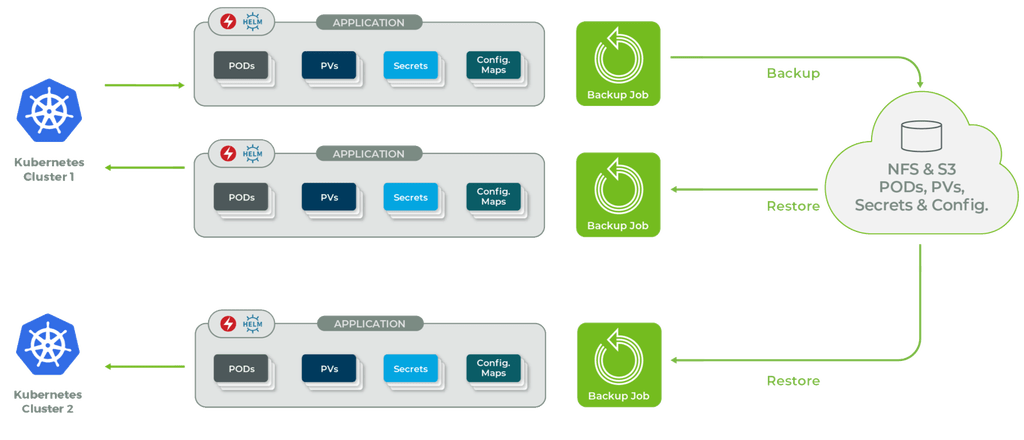


 Amazon
Amazon